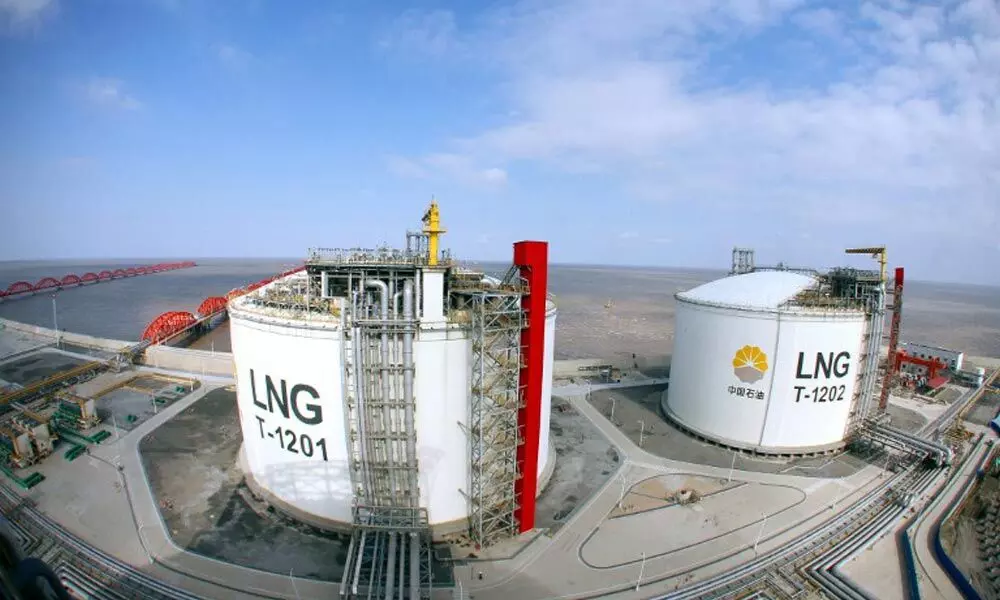Chinese lessons for India on natural gas dynamics
China had been facing poor availability of domestic natural gas. So did India.
image for illustrative purpose

China had been facing poor availability of domestic natural gas. So did India. The Chinese government had taken some appropriate measures, which resulted in increased availability of domestic natural gas. And subsequently China's natural gas consumption started heading northward. It has actually gone up at a CAGR of 20 per cent since the beginning of the 21st century. China did not apply any rocket science to do this. The mechanism was simple. All the dragon land did was to introduce strong policies for bringing down pollution level and go whole hog to improve and strengthen its pipeline infrastructure.
India now seems well set to take a tip or two from the Chinese model/experience. The National Green Tribunal has now been focussing on reduction of pollution. Besides, if things move the way it has been envisaged, there will be 90 per cent increase in the length of trunk pipelines over the next few years. That's not all. There would be increased availability of LNG operable capacity (by 57 per cent) and increased availability of domestic gas (30 per cent). Interestingly, at the beginning of the 21st century, natural gas consumption in India stood at 72 mmscmd, marginally higher than that in China (69 mmscmd). However, increasing focus on reducing emissions in transportation and industrial segments resulted in China's gas consumption growing to staggering 13 times more in CY00-20. And now China is firmly on its way to raising the share of natural gas in its primary energy mix to 15 per cent by CY30. Late though, India is also moving in the right direction.
Consider few facts and figures from the latest report of the Motilal Oswal Research. At present, India has an LNG regasification capacity of nearly 42.5 mmtpa. However, operable capacity is only 30mmtpa (approx). Operable capacity is expected to rise by nearly 12mmtpa, thanks to the removal of constraints at existing LNG terminals, nearly 24 mmtpa of capacity additions are underway at Dahej, and the greenfield terminals at Chhara, Jafrabad, Dhamra, and Jaigarh over the next few years. Just the KG basin is expected to result in 45 mmscmd of incremental domestic gas (i.e. nearly 47 per cent of the domestic gas consumption). With the completion of major pipelines like Jagdishpur-Haldia, Mehsana-Bhatinda, Kochi-Bangalore, and the upcoming northeast gas grid, India's total trunk pipeline network is expected to grow to close to 32,600 km from 17,126 km, increasing the reach of gas to a larger number of consumers.
These apart, there are 28-32 critically/severely polluted industrial clusters with respect to air pollution. The blanket ban on coal gasifiers had resulted in a doubling of gas consumption in CY19. With the easing of the Covid-related lockdowns, stricter actions may be in store for these polluting clusters, thereby encouraging adoption of natural gas. So when it comes to increasing the availability and consumption of natural gas within the country, India can hardly afford to ban the Chinese model. Nor can India overlook or ignore it.

